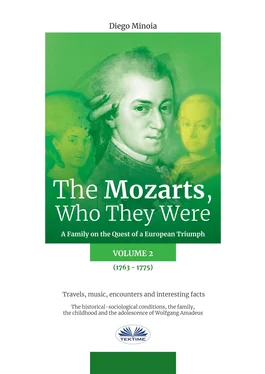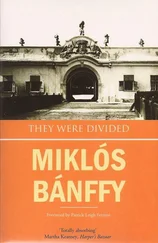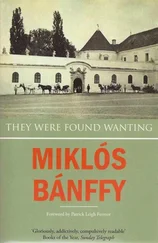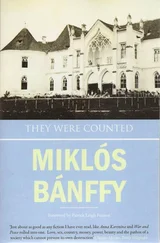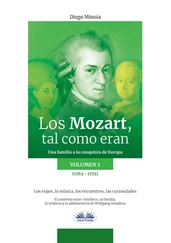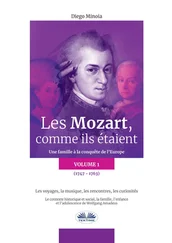Table settings
In reference to the gift of the toothpick holder, this allows us to speak briefly about some innovations that were forthcoming and were to become part of future etiquette: table settings. Related to food at the beginning of the 1700s, the objects that constituted the instruments at the table were the spoon, the fork and the knife.
The name “spoon”, already known from Ancient Egypt and by the Romans, is derived from cochlea (seashell) and during the Middle Ages it was made of wood or for the wealthy, gold or silver, ivory or crystal.
The knife originated even farther back with a much more aggressive history. This is possibly why its use was limited, for fear of wounding a dining companion or using it as a weapon in the case of a dispute (in China, it was against the law) up till the Renaissance Period when a rounded tip was invented, surely much safer.
The fork appeared in the modern use of bringing one's food to their mouth in Venice in 955 when the Greek Princess Argilio (who probably learned to use it in Byzantium) flaunted hers on the occasion of her wedding with her son to the Doge Pietro III Candiano.
The diffusion of this useful instrument, however, had to come to terms with the Roman Catholic Church which, due to the orthodox schism, identified the use of the fork with the Byzantium use and banded its use as demonic.
To better understand the deeply anchored curse of the mentality of people, we know of one cultured person from the 17 thcentury, Claudio Monteverdi, who when obliged to use a fork for good manners for his hosts, later requested three masses to pardon his sin. The fork was introduced at the French Court, needless to say, by Catherine de' Medici, whose son Henry III, went as far as legislating (without much success) its common use.
During those days of mourning, the Mozarts dressed, at least in part, according to Parisian fashion; Leopold cites Wolfgang's black outfit complete with a French hat. Actually, the Mozart family had four black outfits tailored for the death of the Prince-Elector of Saxony Frederick Christian, brother of the Dauphine of France.
The rules of mourning
Death in the 18 thcentury was frequent, whether due to disease, war or an epidemic.
Often times, as we learn in the Mozartian epistolary, an event of mourning jeopardized Leopold Mozart's plans, ruining potential earnings and weeks of contacts and maneuvers in order to obtain an invitation to a certain court or palace for the exhibitions of his children.
The aesthetics of mourning were well-defined; the dress code of the family members of the defunct, as well as the length of time the clothing should be worn..
In the case of the death of a monarch, the mourning process involved all of the subjects with evident exterior displays that included mourning wear of the nobility to the black band worn on the upper arm of the citizens.
On the occasion of the death of a regal mourning, all events and shows were postponed for weeks or even months, as was the case that involved the Mozarts and their projects in Vienna: the death of the Archduchess Maria Josepha of Austria, betrothed to the King of Naples Ferdinand IV of the House of Bourbon that provoked the suspension of every event for six weeks.
In Versailles, the rigorous protocol required that the mourning dress of the King was to be purple while that of the Queen was to be white. This was declared for the death of any member belonging to the royal family or of any foreign monarch.
There was no mourning for a child under the age of seven years old, as it was considered below the age of descretion. In any case, infancy death was common and accepted with resignation.
For widows, the rules were equally as rigid. The entire household was covered in black, including paintings and mirrors and the bedroom of the widow was painted over in black. The widow had to wear a black veil and dress in the same color.
The regulations for mourning in France, as well as other European countries, were even imposed by law. In France in 1716 the duration of mourning was shortened to half by law establishing the widow a duration of one year and six weeks.
During the first four and a half months, the widowed dame had to wear a cape, surcoat and a cheesecloth skirt, then for the next three months she had to wear a dress of crêpe and wool, and for the following three months she wore clothes in silk and chiffon, and finally for the remaining six weeks she began the “half mourning” where the dress code was less severe and the use of jewelry was allowed.
Leopold calculated that the purchase of clothing and the expenses to reach the location at the Royal Palace of Versailles amounted to 26/27 Louis d'or in sixteen days, since in Versailles “horse cabs” and “rental carriages” were not available, only wagons. Due to the rainy days, in order to avoid getting their clothes muddy before approaching the Court, the four Mozarts had to take round trips with two wagons for a cost of 12 soldi each. The mother and Nannerl traveled together on one and Leopold and Wolfgang on the other. Up until that time, the Mozarts had received in cash, while waiting for the King's donations, the amount of 12 Louis d'or which only covered half of the sustained expenses. The 50 Louis d'or that were donated by the King through the Office of the Menus plaisir du Roy (responsible for the lesser royal pleasures) were held in a tabacco shop and allowed them to make ends meet for the relocation to Versailles (without including the value of the abovementioned gifts).
While in Paris, the Mozarts attempted to speak French, at least the basics that would allow them as foreigners to communicate with the locals, but judging from the errors found in the epistolary, their fluency of the language left much to be desired. Even in Wolfgang's letters in the following years, we note many spelling and grammatical errors in his use of the French and Italian languages, having learned by the seat of his pants through opera libretti and during the course of his three journeys to Italy. In a letter from Paris, peculiarly addressed to Hagenauer's wife, Leopold expresses his opinion on the beauty of French women. His impression was that they were so excessively made-up, “unnatural”, he says, “like the dolls that are made in Berchtesgaden” (a place in the Bavarian Alps 25 kilometers from Salzburg) “that even if they are pretty, they are repelling in the eyes of an honest German.”.
Beauty products
On the vanity table of an elegant dame (without excluding husbands, who also used various creams and makeup) there were many products aimed at creating fashionable pale and fresh skin, as well as substances to alter the tone, false beauty marks, etc.
Since the 16 thcentury, there had already been books printed with recipes of every type for curing diseases or for the preparation of beauty oils and creams, such as “I Secreti Universali in Ogni Materia” by Thimoteo Rossello, published in Venice in 1575 whose second volume contained a list of a dozen recipes for making hair blond and beautiful and how to have splendid white skin.
Several similar publications were also widespread in the 18 thcentury, for example “La Toilette de Venus” published in 1771, or “La Toilette de Flore” from the doctor Pierre-Joseph Buc'hoz who offered recipes for oils and beauty creams derived from flowers and plants.
Transparent and brilliant skin (the fashion to follow was the “convent complexion”) in the 1700s was praised enough to forgive a woman who displayed even stupidity or unrefined behavior.
Men and women who applied make-up used ceruse to whiten their complexion (originally derived from egg whites and later a white pigment made with toxic lead) and rouge for lips and cheeks (originally derived from animal substances such as scarlet-colored insects or plant-based red sandalwood, later derived from minerals such as lead, minium and sulfur baked in ovens at high temperature), not to mention the dozens of essences, creams, pastes and eau de cologne.
Читать дальше
